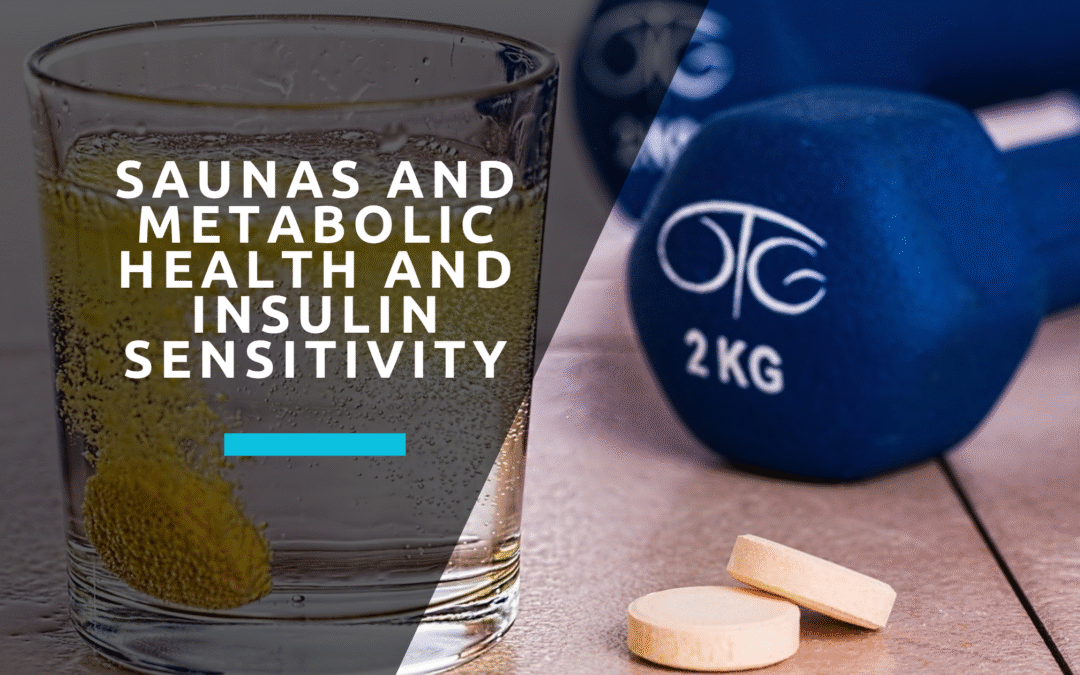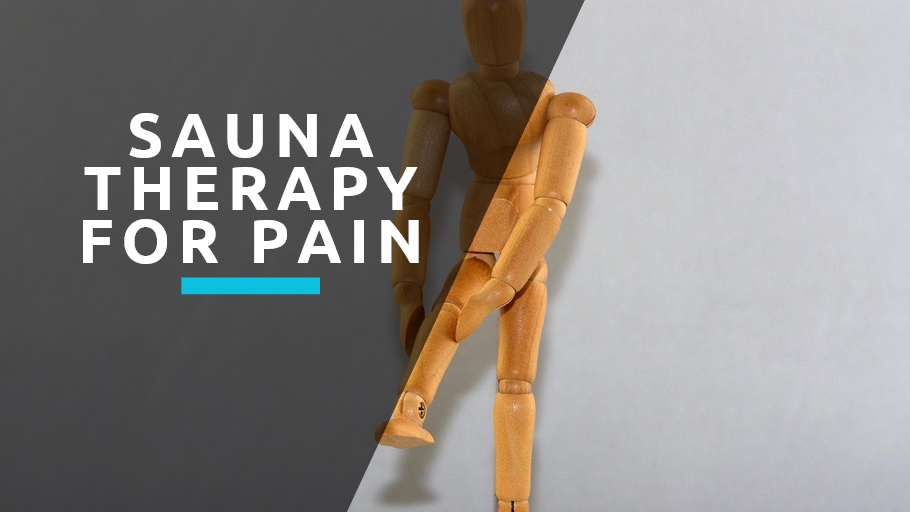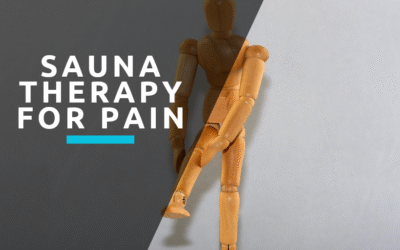Sauna and Muscle Growth

There are arguments on whether sauna is better before or after a workout. Many people are unaware of the relationship between the sauna and muscles or may think the connection is a little tenuous. However there is proven science behind this and studies have supported a strong connection between sauna use and supported muscle growth.
Muscle cells can grow in number spurred on from skeletal muscle cells (hyperplasia) but hypertrophy is the increase in size of individual muscle cells. A major factor in the size of the muscle cells comes from a change induced by working the muscle tissues through workout, but also through shifts in protein synthesizing and degredation. Protein degredation is the use and disposal of proteins that happens while we are using our muscles and also when we are not. Sauna tips the balance through heat acclimation and reduces our protein degradation rate and increases the total amount of protein synthesis. This occurs for three differing reasons.
- Increased insulin sensitivity
- Heat shock proteins
- Induction of HGH (human growth hormone)

While exercising, the mitochondria in our muscle cells begin to use the oxygen in our blood at a faster rate to produce energy through ATP. The by-product of this is “oxydative stress” from the creation of free-radicals (superoxide and hydrogen peroxide) that result.
Heat Shock Proteins
Here’s where the sauna might be a valuable tool after a workout. Through a vigorous sauna session, Heat Shock Proteins (HSPs) are induced as a hormone responce to protect the body from the heat stresses. These HSPs work to go after the free-radicals, repair our damaged proteins, and maintaining glutathione levels to support antioxidant levels.
Studies on rats proved that thirty minutes at 105.8°F increased HSPs and was connected with an increase of 30% more muscle re-growth. It was also found to correlate with continued HSP rates for 48 hours from the sauna session.
Another way that saunas help our muscles is through a connected large release of Human Growth Hormone. This growth hormone is regulated by IGF-1 created by our bodies in response. IGF-1 increases protein synthesis (via the mTOR pathway) and lowers protein degradation (via the FOXO pathway). Studies on mice have shown that IGF-1 induces muscle atrophy and also decreases muscle atrophy in older age. In humans HGH has been shown to lower muscle protein oxidation (a sign of oxidative stress) by half. While many people take HGH, sauna is a more natural approach. Results vary factoring in heat levels, time and frequency of sauna visits.
Growth Hormone
Two one-hour sauna sessions a day at 80°C (176°F) dry heat (okay, this is a bit extreme) for 7 days was shown to increase growth hormone by 16-fold on the third day. The growth hormone effects generally persist for a couple of hours post-sauna.1 It is also important to note that when hyperthermia and exercise are combined, they induce a synergistic increase in growth hormone.
Insulin Sensitivity
The primary role of insulin in our bodies is to regulate glucose levels through uptake in adipose tissue and muscles. Like IGF-1 it also affect protein metabolism. It does this by decreasing protein degradation through inhibiting proteasome, it also increases protein synthesis by increasing uptake of amino acids. Insulin deficiency has been shown to increase the breakdown of skeletal muscle while an increase suppressed muscle protein breakdown.
Muscle Injury
After an injury it is important to stimulate muscle regrowth. This muscular “reloading” has the negative side effect of increasing oxidative stress which decreases the speed of the regrowth. Thirty minutes of heat shock (105.8°F) was shown to increase muscle regrowth by 30% in tests. This was thought to be connected with the higher HSP levels. The significance of this is that someone who is injured may not be able to exercise but can likely aid their recovery through sauna use to boost HSPs.
Rhabdomyolysis
Rhabdomyoysis is the name for chronic overuse of muscles. Sauna use (or hyperthermic conditioning) induces the HSP heme oxygenase 1. Myoglobin is released into the bloodstream as an effect of muscle overuse. This myoglobin can cause kidney failure, but the induction of heme oxygenase 1 degrades myoglobin before it can wreck havoc on our kidneys. This is a different benefit than the other previous positive roles of HSPs in our body. Getting acclimated to heat over time through sauna conditioning allows you to protect kidneys during overly strenuous workouts.
There are varied roles that sauna conditioning takes in just just the creation of larger muscles but also in protecting ourselves when we over-train or just the wear and tear of a normal workout. While sauna use is well known to high performing athletes and bodybuilders the connection between the sauna that might be at your gym and muscle mass is often foggy for most people. For a much more in depth look at the relationship between muscle mass and sauna use look up Rhonda Patrick’s amazing article here or the following sources.

Related Articles
Sauna Therapy for Chronic Pain Management
Living with chronic pain can feel like an endless battle. Whether it stems from arthritis, fibromyalgia, back pain, or sports injuries, the constant discomfort affects every aspect of daily life. While medications and physical therapy remain important treatment...
Sauna and Meditation: Combining Mindfulness Practices
The Finnish have a saying: "The sauna is the poor man's pharmacy." But perhaps it's also the busy person's meditation retreat. In our hyperconnected, overstimulated world, the sauna offers something increasingly rare—a technology-free zone where heat, silence, and...
Jack Dorsey has Three Daily Sauna Sessions
Jack Dorsey, co-founder of Twitter and Block (formerly Square), has built a reputation in Silicon Valley that extends far beyond his technological achievements. Known for his commitment to personal optimization, Dorsey has become something of a wellness icon among...
Stay Up to Date With The Latest News & Updates
Access Premium Content
Sed ut perspiciatis unde omnis iste natus error sit voluptatem accusantium doloremque
Join Our Newsletter
Sed ut perspiciatis unde omnis iste natus error sit voluptatem accusantium doloremque
Follow Us
Sed ut perspiciatis unde omnis iste natus error sit voluptatem accusantium doloremque














